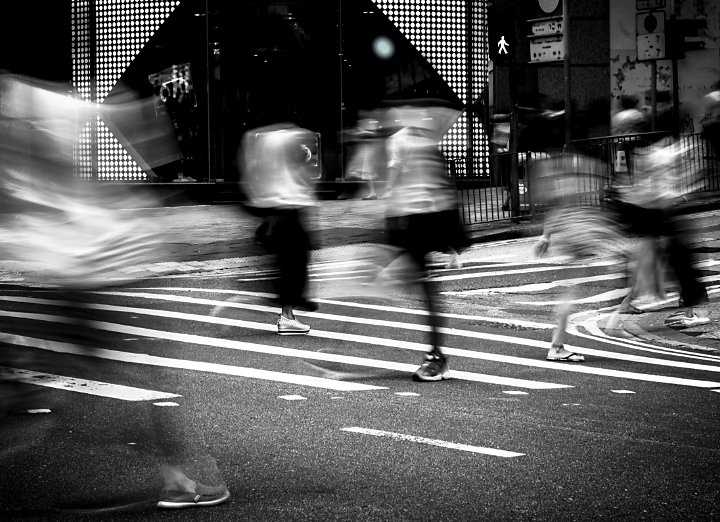The Facts About Framing Streets Revealed
The Facts About Framing Streets Revealed
Blog Article
Some Ideas on Framing Streets You Need To Know
Table of ContentsThings about Framing StreetsThe Best Strategy To Use For Framing StreetsFraming Streets Fundamentals ExplainedSome Of Framing StreetsSome Known Details About Framing Streets The Basic Principles Of Framing Streets
Digital photography category "Crufts Pet Program 1968" by Tony Ray-Jones Street digital photography (likewise often called honest photography) is photography carried out for art or inquiry that includes unmediated chance experiences and random cases within public locations, usually with the purpose of catching photos at a definitive or emotional moment by cautious framework and timing. 
His boots and legs were well specified, but he is without body or head, because these were in movement." Charles Ngre, waterseller Charles Ngre. https://profile.hatena.ne.jp/framingstreets1/ was the very first professional photographer to achieve the technological refinement needed to sign up people in movement on the road in Paris in 1851. Photographer John Thomson, a Scotsman dealing with reporter and social activist Adolphe Smith, released Street Life in London in twelve monthly installments beginning in February 1877
Not known Factual Statements About Framing Streets
Eugene Atget is considered a progenitor, not because he was the very first of his kind, however as a result of the popularisation in the late 1920s of his record of Parisian streets by Berenice Abbott, that was motivated to embark on a similar documentation of New york city City. [] As the city established, Atget assisted to promote Parisian roads as a worthwhile subject for digital photography.

Not known Facts About Framing Streets
The chief Mass-Observationists were anthropologist Tom Harrisson in Bolton and poet Charles Madge in London, and their very first report was created as the publication "May the Twelfth: Mass-Observation Day-Surveys 1937 by over two hundred viewers" [] Window cleaner at Kottbusser Tor, Berlin, by Elsa Thiemann c. 1946 The post-war French Humanist College professional photographers discovered their topics on the street or in the diner. Between 1946 and 1957 Le Groupe des XV yearly displayed work of this kind. Andre Kertesz. Circus, Budapest, 19 May 1920 Street photography developed the significant web content of 2 exhibitions at the Museum of Modern Art (Mo, MA) in New York curated by Edward Steichen, Five French Professional Photographers: Brassai; Cartier-Bresson, Doisneau, Ronis, Izis in 1951 to 1952, and Post-war European Photography in 1953, which exported the idea of street photography internationally.

What Does Framing Streets Do?
The recording machine was 'a surprise electronic camera', a 35 mm Contax hidden below his layer, that was 'strapped to the breast and linked to a long cable strung down the right sleeve'. Nevertheless, his job had little contemporary effect as as a result of Evans' level of sensitivities about the originality of his task and the personal privacy of his topics, it was not published up until 1966, in the book Lots of Are Called, with an intro created by James Agee in 1940.
Helen Levitt, then a teacher of young kids, related to Evans in 193839. She recorded the transitory chalk illustrations - vivian maier that were part of kids's road society in New york city at the time, along with the children who made them. In July 1939, Mo, MA's brand-new photography section consisted of Levitt's work in its inaugural exhibitRobert Frank's 1958 publication,, was substantial; raw and usually indistinct, Frank's photos questioned conventional digital photography of the time, "challenged all the official policies put down by Henri Cartier-Bresson and Walker Evans" and "flew in the face of the wholesome pictorialism and sincere photojournalism of American publications like LIFE and Time".
Report this page